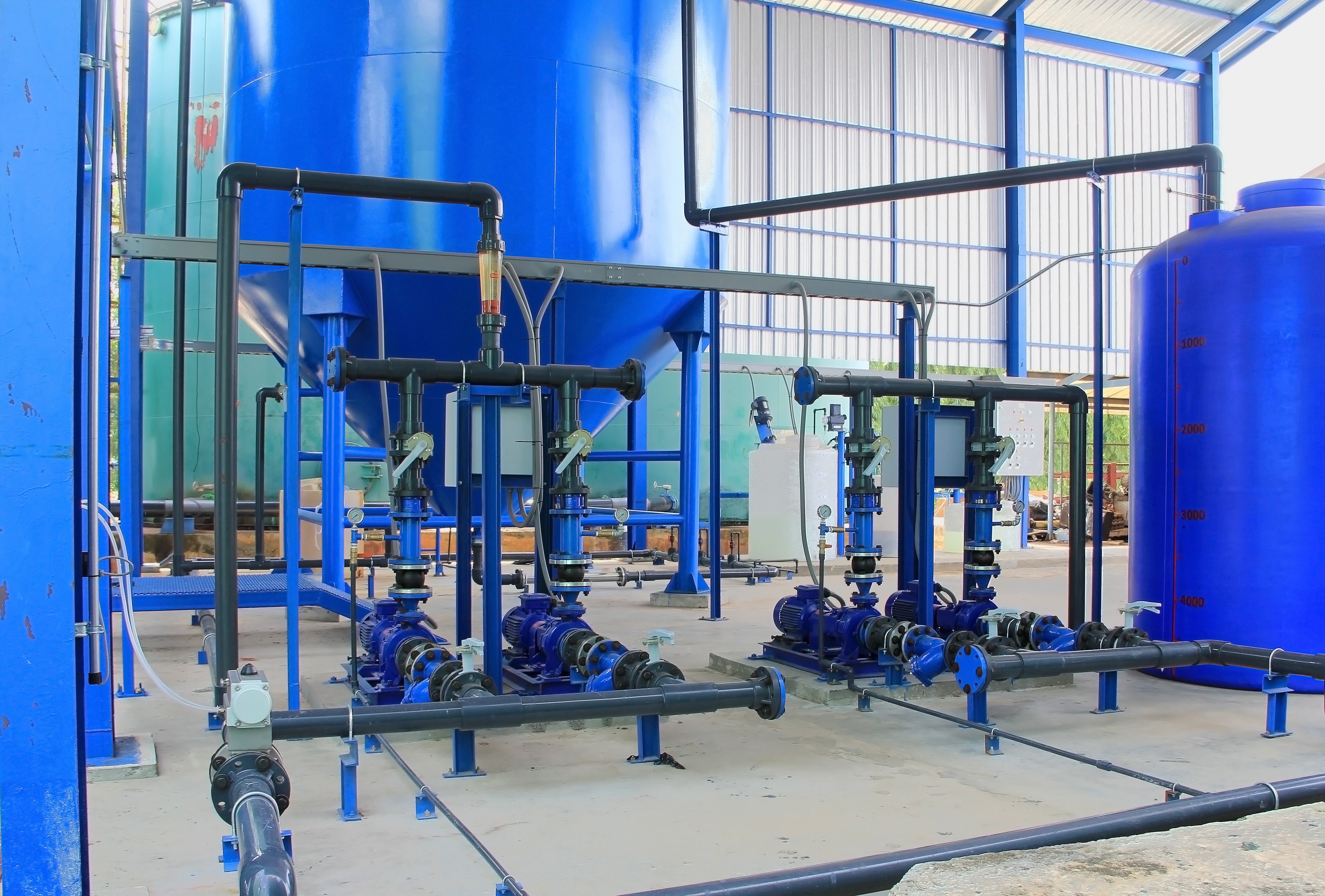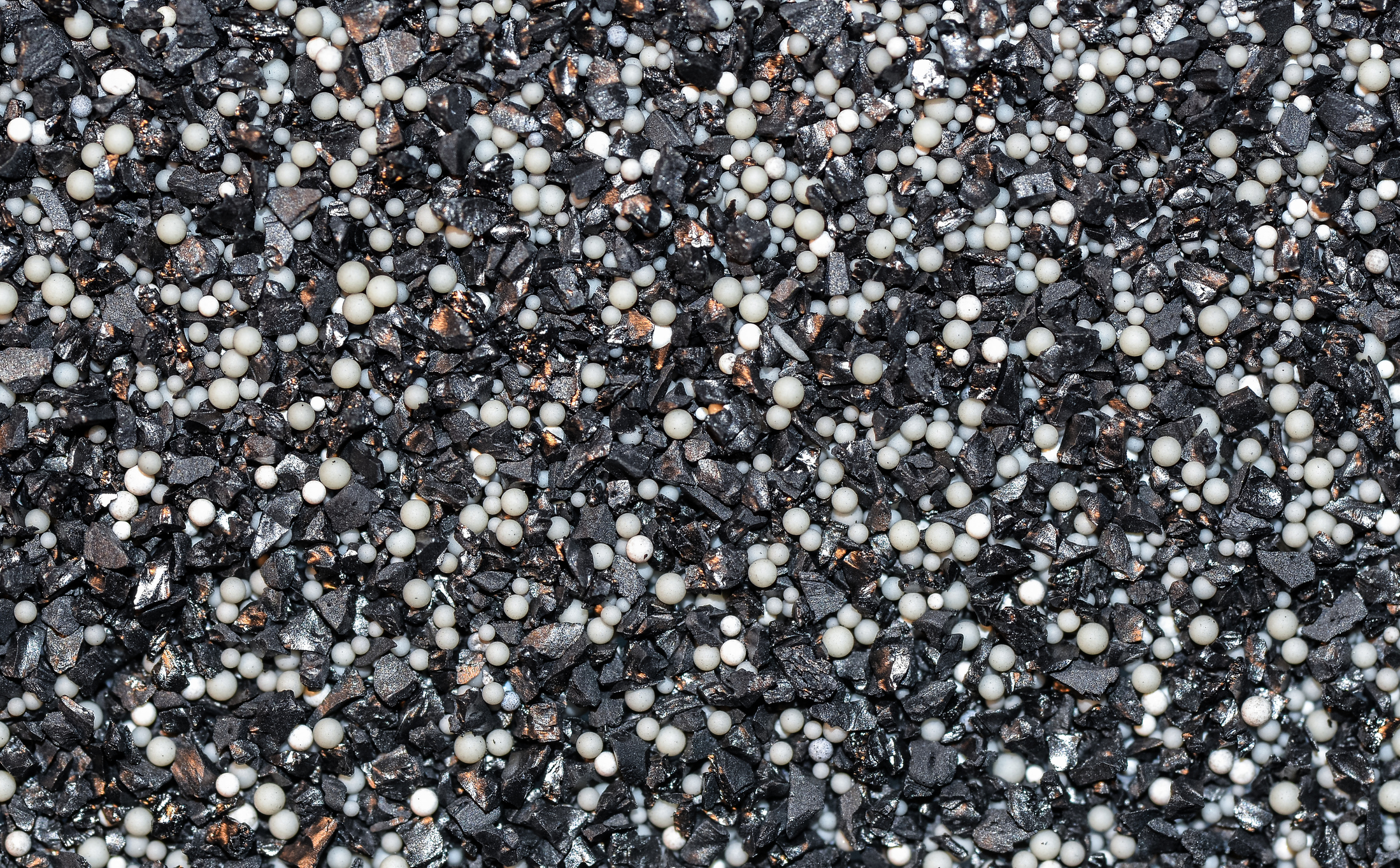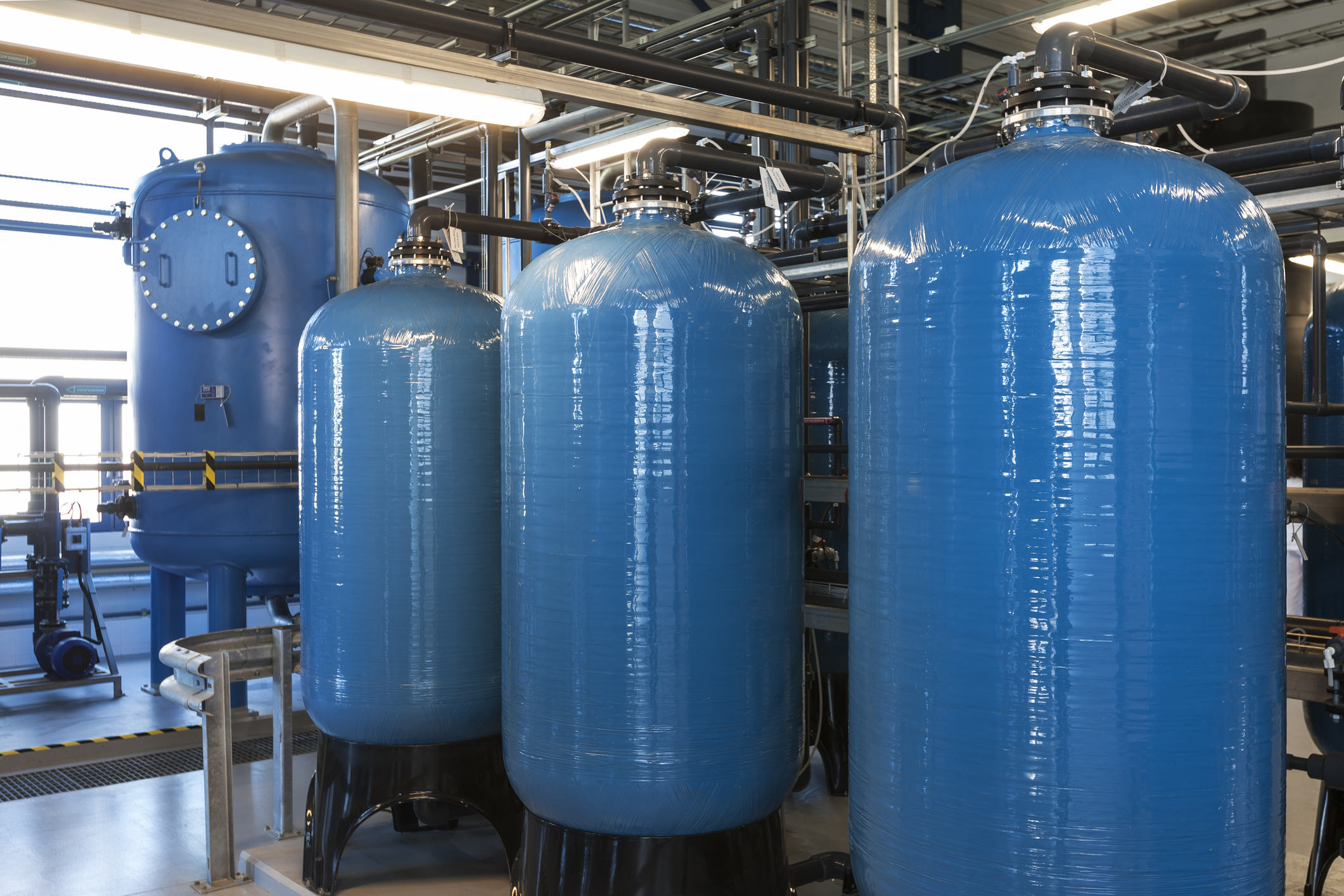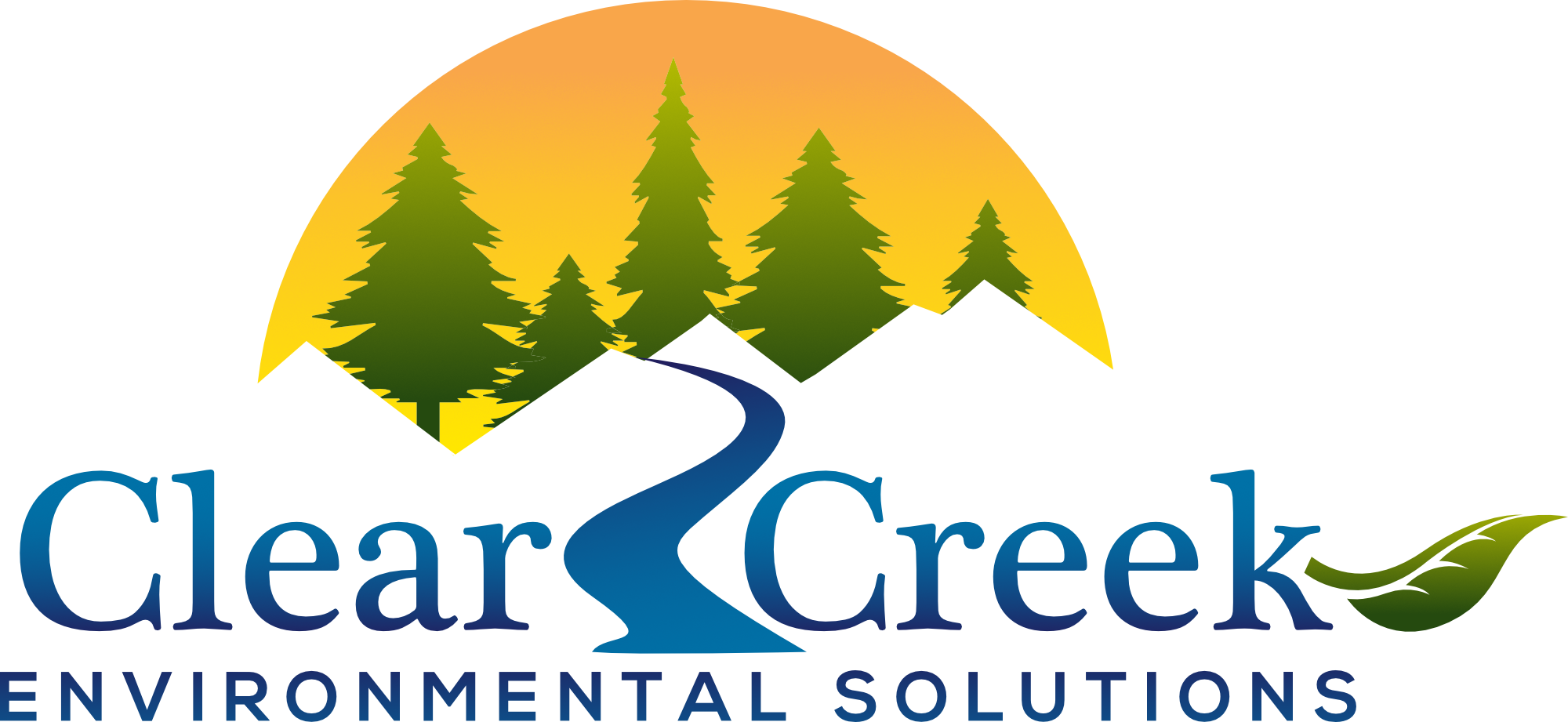Technologies proven to remove PFAS include granular activated carbon (GAC), ion exchange (IX), membrane filtration, and other exciting methods still in development. Each has its pros and cons and depends on facility needs, but currently GAC and IX are typically the most affordable. GAC is based on adsorption to a porous carbon material while IX is the exchange of ions between resin and water. Both are effective at removing long-chain PFAS from water, but IX tends to be better with short-chain.
Other factors to consider between GAC and IX systems are the time it takes to remove the compounds and eventual breakthrough time, or the time it takes before the media is no longer effective at catching the compounds and need to be regenerated or replaced.
GAC adsorption rates can take longer than the IX process, so operation requires more time to process the same amount of water. The breakthrough time for GAC is also usually faster than IX, so it would require changeout of the media more often than IX. Currently, disposal of PFAS-contaminated waste is in a state of uncertainty with incineration and landfill challenges, resulting in high costs and few options.
To make up for longer removal times and faster breakthrough, GAC systems tend to be larger in size than IX systems. When your facility is already strapped for area, every square foot counts. So overall, IX tends to be a better option for both long-term costs and operation and maintenance (O&M) requirements.
Less space
Shorter processing time
+ Fewer resin change-outs
= Less O&M
Less Waste
Lower Costs
A life cycle evaluation of our IX systems has shown to reduce costs 50% compared to GAC, as well as a reduction in footprint by more than 60% while treating more than 10x the water before breakthrough. Our team has found proprietary dual-mechanism resins that allow for both IX and adsorption at the same time, further cutting operational time, waste, and costs. In one project, our resin had a removal capacity 6x better for PFOA and 8x better for PFOS than GAC filtration.
Back to our Main PFAS Page
Learn more about PFAS and how we can help





